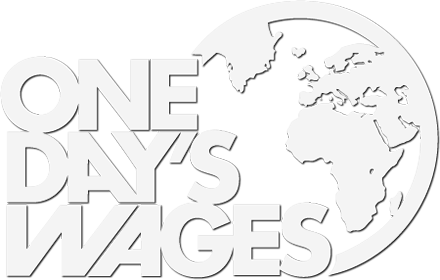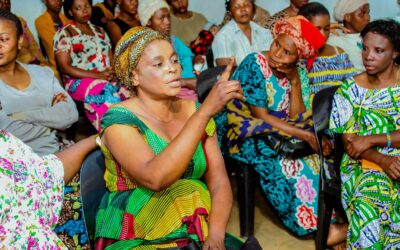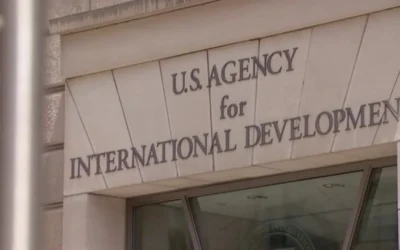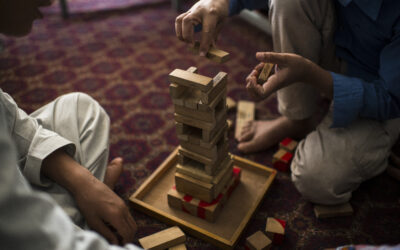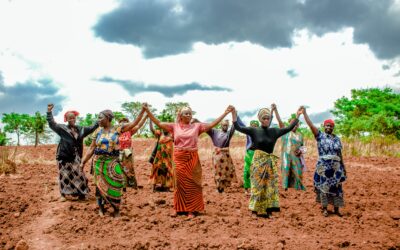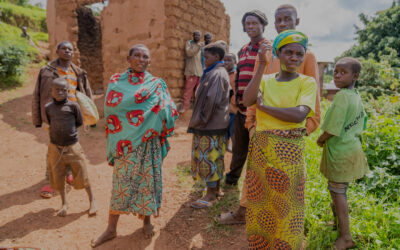Why is Half of the Global Refugee Population Children?
According to the United Nations (UN), there are currently 26 million refugees worldwide. These individuals have to leave their home countries in the face of unimaginable war, political violence, and persecution. Within this growing group of refugees, nearly half, 13 million, are children under the age of 18. Many of these children will spend their entire lives removed from their homes, some separated from their families. While traveling, children are at an increased risk of violence, abuse, trafficking, and military recruitment. So why are so many of the global refugee population children? And, most importantly, what can be done?
Children are often forced to flee their homes for a number of the same reasons as adults, violence and conflict being the most common. Children are forced to flee their homes alone in instances where friends, family, and neighbors have fallen victim to the situation within the country. For example, in its tenth year of civil war, the situation in Syria is considered the largest refugee crisis of our generation. Half of the country’s population has been forced to abandon their homes with 6.6 million Syrians living in neighboring countries. Women and children make up over two-thirds of the displaced population and over 2.4 million Syrian refugee children are out of school.
Another more recent reason for displaced children is climate change and resource scarcity in ‘climate hot spots’. The World Bank estimates that Latin America, sub-Saharan Africa, and Southeast Asia will generate 143 million displaced climate refugees by 2050.
Thousands of children are separated from their parents during the journey and remain missing even after their families have found refuge. It can not be understated that the task of forced relocation is made significantly harder when children have to undertake it alone. Child refugees are one of the most vulnerable populations in the world.
WHAT CAN BE DONE?
The refugee crisis requires careful and thoughtful collaboration. Refugees have immediate needs such as shelter, food, and water, but we cannot ignore the long term goal of returning to their country of origin. For child refugees, finding their families remains the main priority alongside educational and community programs that allow children to adjust and get comfortable with their new normal. It is the hope that meaningful engagement with youth refugees provides not only a means to cope, but a way to draw strength from their families and communities.
This June, One Day’s Wages is highlighting its refugee relief partnerships which provide the safety, security, and stability needed to support the resilience of the global refugee population. An example is ODW project #133 which partners with World Relief to meet the immediate needs of children and young mothers in the Bentiu Refugee Camp in South Sudan. This is just one of the many refugee projects we’ve completed. By providing the necessary medical care and increasing food security, we work to help refugees take back agency and ownership over their lives. Find out more on how to support refugees.
More stories of impact
Turning Challenges into Opportunities: Masoka’s Journey of Empowerment
Masoka’s hands are stained with the rich soil of the land she now calls home. A 37-year-old mother of four, she arrived at Dzaleka Refugee Camp in Malawi after fleeing the conflict in her home country, the Democratic Republic of the Congo. The future felt uncertain,...
What Was USAID, and What Now?
USAID has made news headlines constantly over the last few months. You may find yourself wondering: what is USAID, and is One Day’s Wages affected by its dismantling? As a global development organization, we at ODW care deeply about the people who depend on foreign...
Growing Love, One Drop at a Time: How One Woman Turned Her Birthday into a Gift of Clean Water
When Sara, a graphic designer and mother from Oregon, started thinking about how to celebrate her birthday, she decided to do something different—something meaningful. With a belief that “we are all connected… with the power to affect change by how we live our own...
Bridging the Gap: An Update on Our Response to the Funding Freeze
In Matoh, Cameroon, a mother prepares to give birth. Life in a conflict zone means getting to a safe facility with trained health workers is nearly impossible. Fortunately, a new mobile clinic begins offering prenatal care and transportation to a birthing clinic,...
Why We Invest in Women
There’s an old Ghanaian proverb: “If you educate a man, you educate an individual. But if you educate a woman, you educate a family.” On this International Women’s Day, we celebrate the power of women—how their resilience, leadership, and determination transform not...
The Case for Social Inclusion
Today is the World Day of Social Justice! Never heard of it? Never fear, we’re here to fill you in. In 2009, the United Nations General Assembly launched the World Day of Social Justice to recognize our on-going need for inclusive economic development and decent work...
LEARN
Leadership
Transparency
Read the Latest
Contact Us
COLLABORATE
Faith Groups
Schools
Businesses
Get Involved
One Day’s Wages exists to alleviate extreme poverty by investing in, amplifying, and coming alongside locally led organizations in underserved communities.
©2025 One Day's Wages is a registered 501(c)(3) organization | Tax ID #26-2566653 | Privacy policy | Terms of use
P.O. BOX 17575 Seattle, WA 98127 | Contact us
